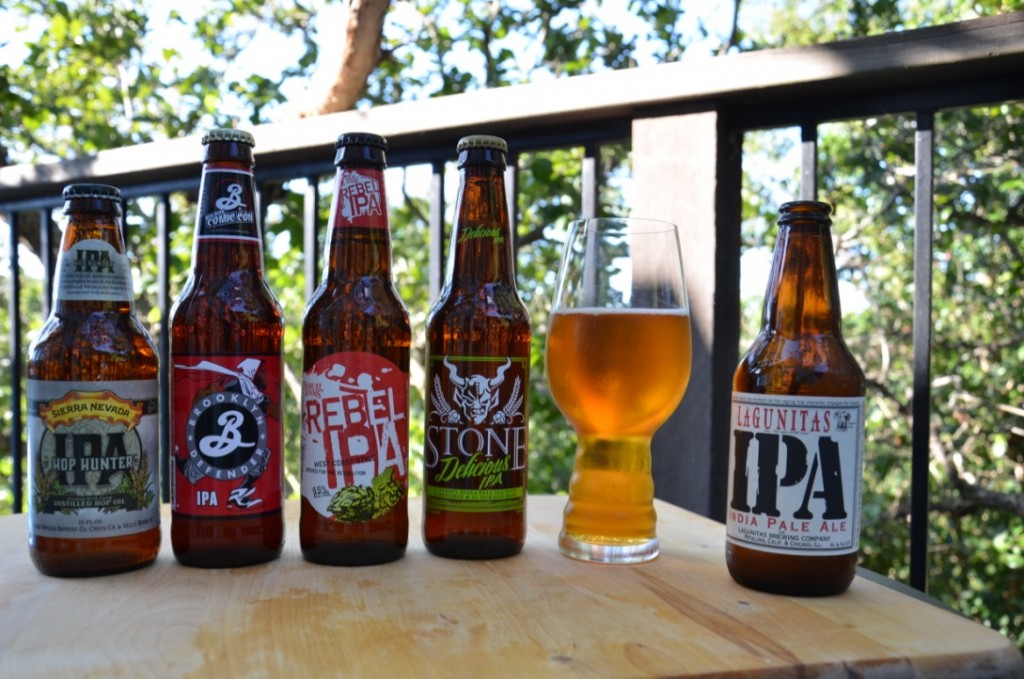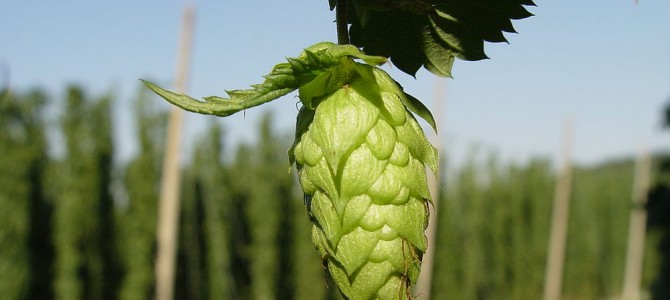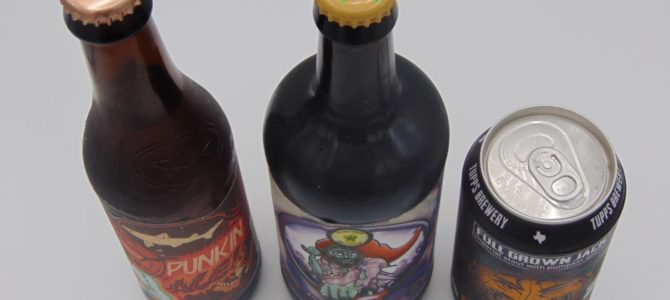Last week we talked about Indian pale ales. One key component of an IPA—well, most beers, really—is the hop. Beer’s origins trace back to the early days of civilization, about 9500 BC, when man first started farming grains. Hops, however, weren’t consistently added to beer until much later, somewhere between the eighth or ninth century AD.
What exactly are hops? They’re the flower of the hop plant, or Humulus lupulus, if you’re looking to sound really smart at your next party. Much of today’s bitter and citrus flavors in beers owe to this unassuming flower.
The Germans take beer so seriously that they created a law in the early sixteenth century governing the rules for creating beer. These “purity laws” said beer could only consist of three main ingredients: water, barley malt, and hops. This is a story that’s so interesting, I’ll devote an entire column to it come Oktoberfest.
Hops were added to beer, in part, for their antibacterial benefits, as a stability agent, and to impart some bitterness to balance the sweetness of the malts. If you’re a fan of bitter flavors like I am, hops are the key to activating those flavors on your palate.
In the 1520s hops were first cultivated in Henry the VIII’s England, which eventually contributed to the birth of the IPA, as we talked about last week. Hops traditionally include so-called “noble hops,” which are grown mostly in Europe and provide wonderful aromas but not a lot of bitterness. Many hops grown here in the United States impart bitterness to the beer as well as aromas.
Plenty of chemistry is involved in hops, their inclusion in beers, and the flavors and aromas they produce, but since I’m a drinker and not a scientist, I’ll let the experts handle that. Suffice it to say, if you’re drinking an American-made IPA, you probably owe a debt of gratitude to Jack Horner, who developed the Cascade variety of hop with the U.S. Department of Agriculture at Oregon State University in 1971.
This was one of the key hops that helped launch the American IPA revolution in the late twentieth century, becoming a central focus of West Coast IPAs, American pale ales, and even some lagers. Plenty of other American hops have been created, including Amarillo, Centennial, Chinook, Citra, Columbus, Simcoe, Tomahawk, and Warrior. If you look at the ingredient list of your favorite beer today, you’re likely to find one or more of these hops.
So next time you’re at the store picking up some beer, look at the label, or do a little research and figure out which hops—European, American or otherwise—are part of the beer you’re drinking. In case you need some suggestions, I have a few in the picture below.

Next week: Brews and tunes.









